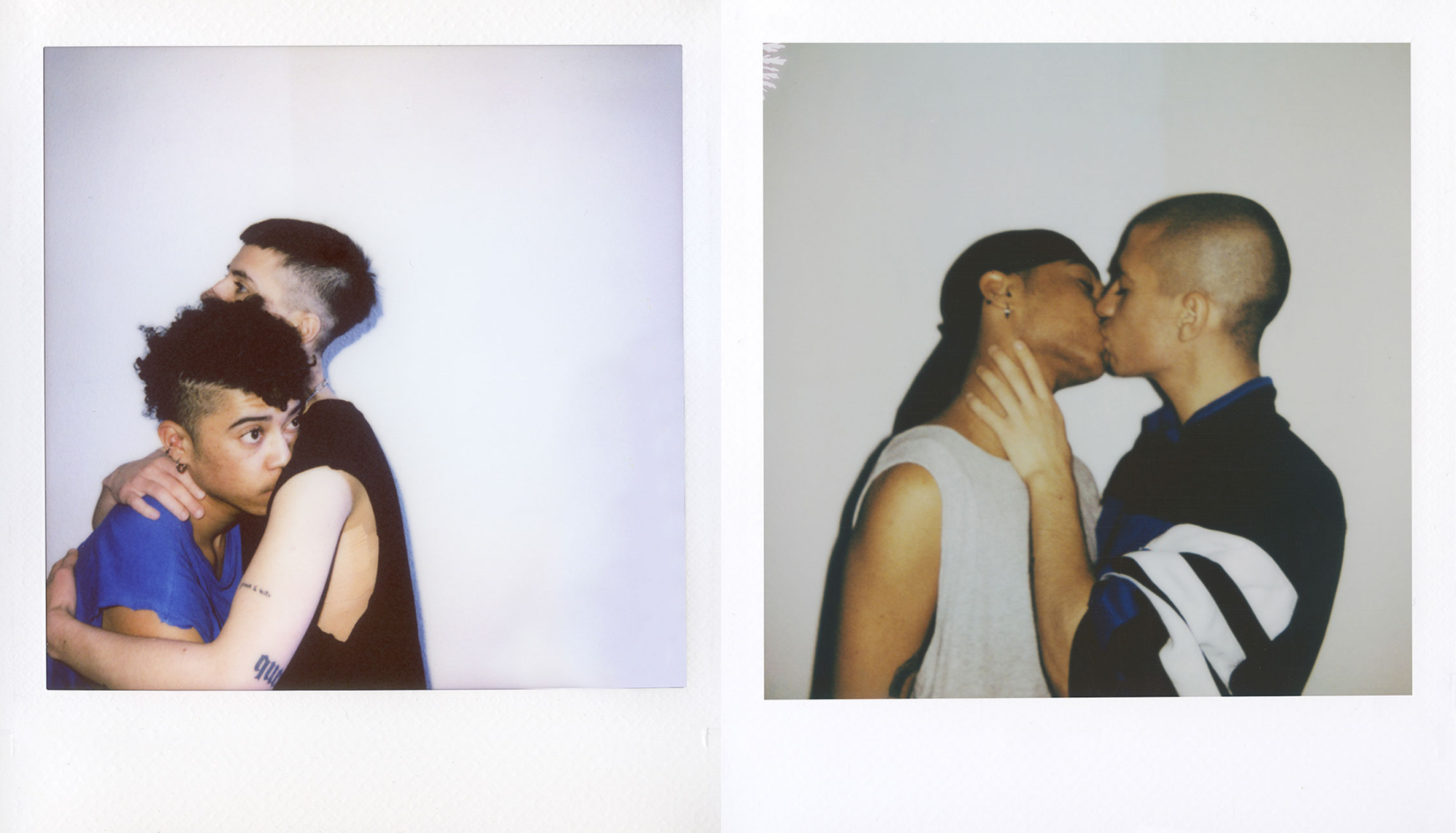As author Maggie Nelson once wrote in The Argonauts: “any body experience can be made new and strange.” Noah Ambiehl and Mathis Benestebe know this fact well, as a duo of young trans men. The 20-year-olds fell in love at the end of high school, becoming a couple right before lockdown. The two have spent the last year transitioning together in Toulouse, where Mathis studies photography and Noah studies sociology. Their visual project, “Chimères” (“Chimera”)—a thing which is hoped for but is illusory—is included in Circulation(s), a festival of young European photographers in its 13th edition, on view through May 21 in Paris.
The series chronicles the two as individuals and via the unity of their relationship. It’s an autobiographical examination of young love, as well as the support and affirmation they provide for each other as they transition. This work tells their story through spontaneous photographs. “We don’t dissociate ‘moments from life’ from ‘moments to photograph,’” Noah says on a Zoom call, seated next to Mathis. “We decided to document our transition together. It’s a bit out of the ordinary to do it as a couple.”
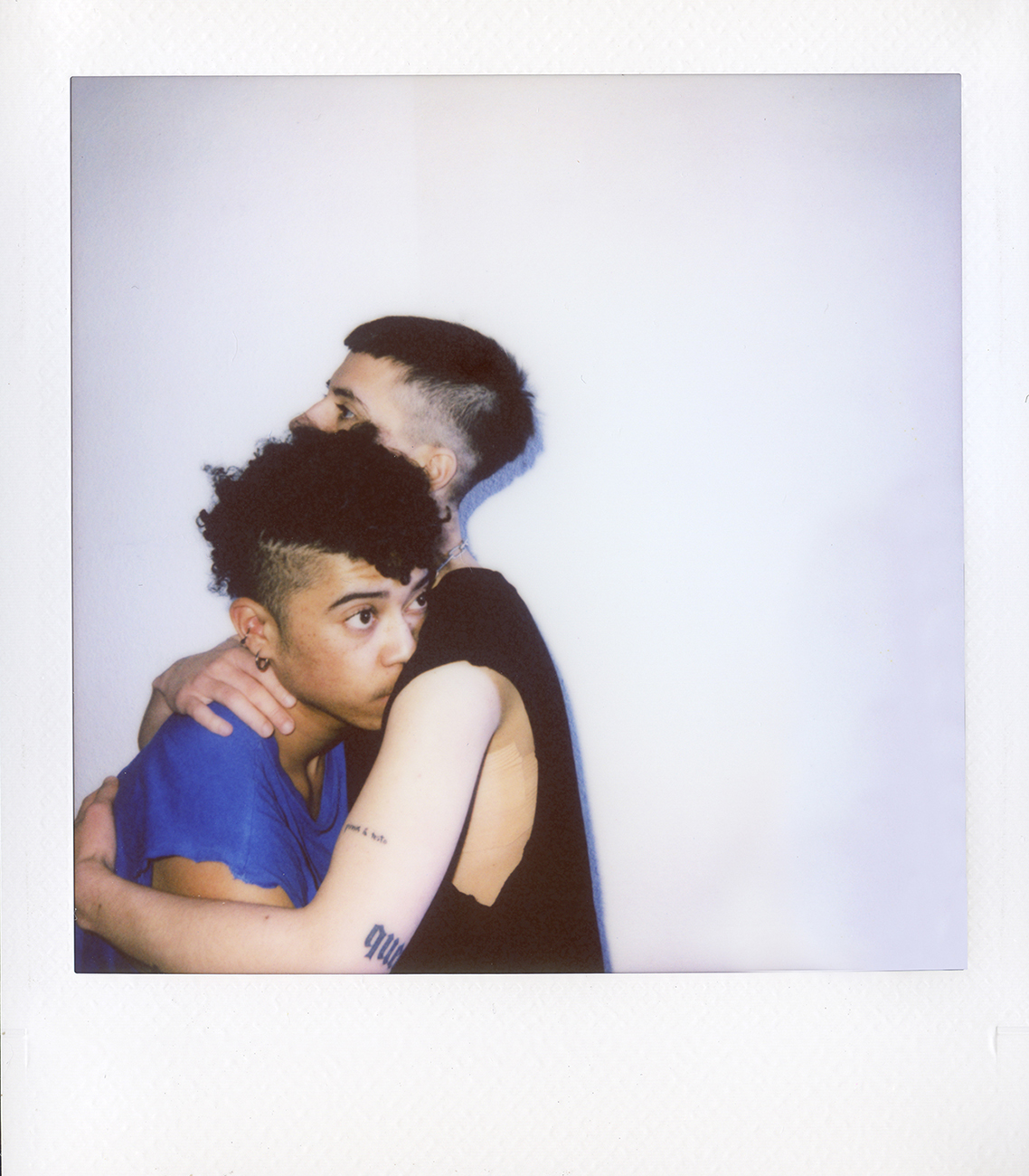
While the title seems to allude to a kind of impossibility, Mathis emphasizes that it describes only the starting point of their journey. Transitioning felt utopian, if not mythical, but the photographic series has functioned as a way to confirm the manifestation of their true selves. “Chimera,” as a concept, expressed their feelings of “strangeness and monstrosity as transgender people,” Noah admits. But ultimately, “it’s no longer something that seems unreal,” Mathis says.
While there weren’t firm boundaries as they captured their journeys, sometimes they decided not to be too explicit in showcasing the transition — barring images featuring hormone injections. They didn’t want to turn their lives into a political statement. “It’s more a narrative about coupledom than a documentation of transition, to highlight the love that is getting us through this fragile step,” Noah confirms. Mathis chimes in: “We’d like this series to reach others not concerned with transitioning; [we’d like it if] any couple, who have shared momentous experiences, could recognise themselves in our story.” He adds: “someone less sensitised to queer narrative can more easily be touched through sensitivity rather than through political discourse.”

The two were inspired by Nobuyoshi Araki‘s emotional and photographic relationship to his wife, Aoki Yoko, whom he photographed in scenes of erotica and quiet contemplation alike for over twenty years up until her death in 1990. They also were heavily influenced by Nan Goldin’s “Ballad of Sexual Dependency” — the way she photographed the day-to-day in almost excruciating intimacy, and documented life in small and large moments to keep a trace of everything, including tragedy and hurt. There is also a nod to German artist and photographer Jürgen Baldiga, who began taking photographs in the mid-1980s while HIV positive, and made portraits of the drag scene and explored what it meant to have AIDS before his own death. His unflinching images of the queer scene inspired the pair on what it meant to look at queer vulnerability. Noah also cites queer French writers like Hervé Guibert (who was also a photographer) and Guillaume Dustan for their meaningful narratives.
For their own take on transition, the couple used two photographic approaches: a more granular, brut vision with an analogue camera, to allude to the violence of transitioning, and Polaroids that are more tender in tone to highlight the ecstatic bubble of their bond. As for their individual photographic styles, Mathis is more likely to zoom in on details and get closer up; Noah is more cinematographic, standing back to look at a frame from afar. All the scenes depicted are in their apartment: drinking a beer, brushing teeth, shaving, smoking, staring at the cat, hanging out in front of the record collection, wearing nothing, or a T-shirt that says ‘my mom thinks I’m cool.’ But perhaps nothing encapsulates their life better than Noah’s portrait before a Trans Punk sign hung in their open kitchen: gritty in texture and proud in stance.
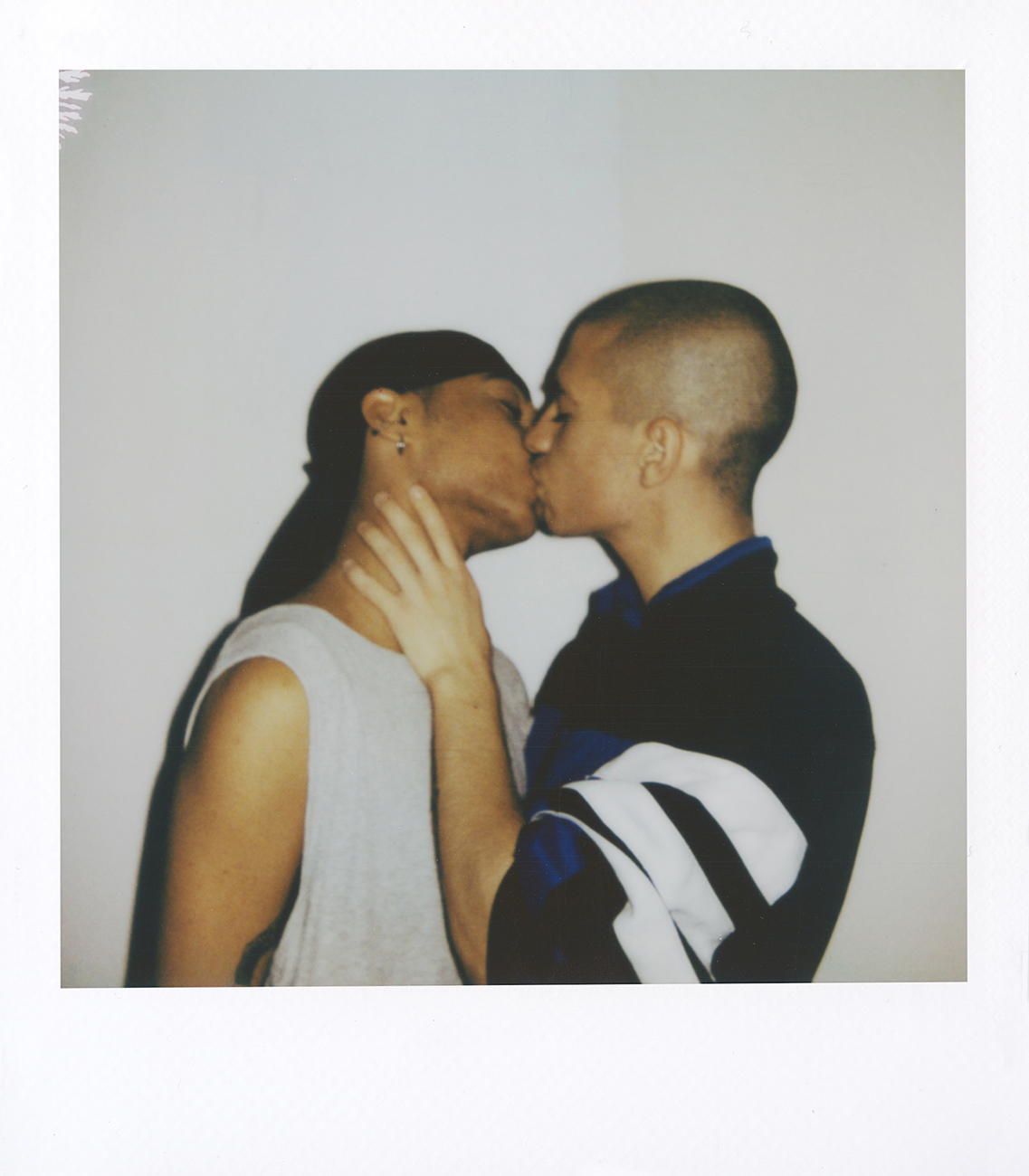
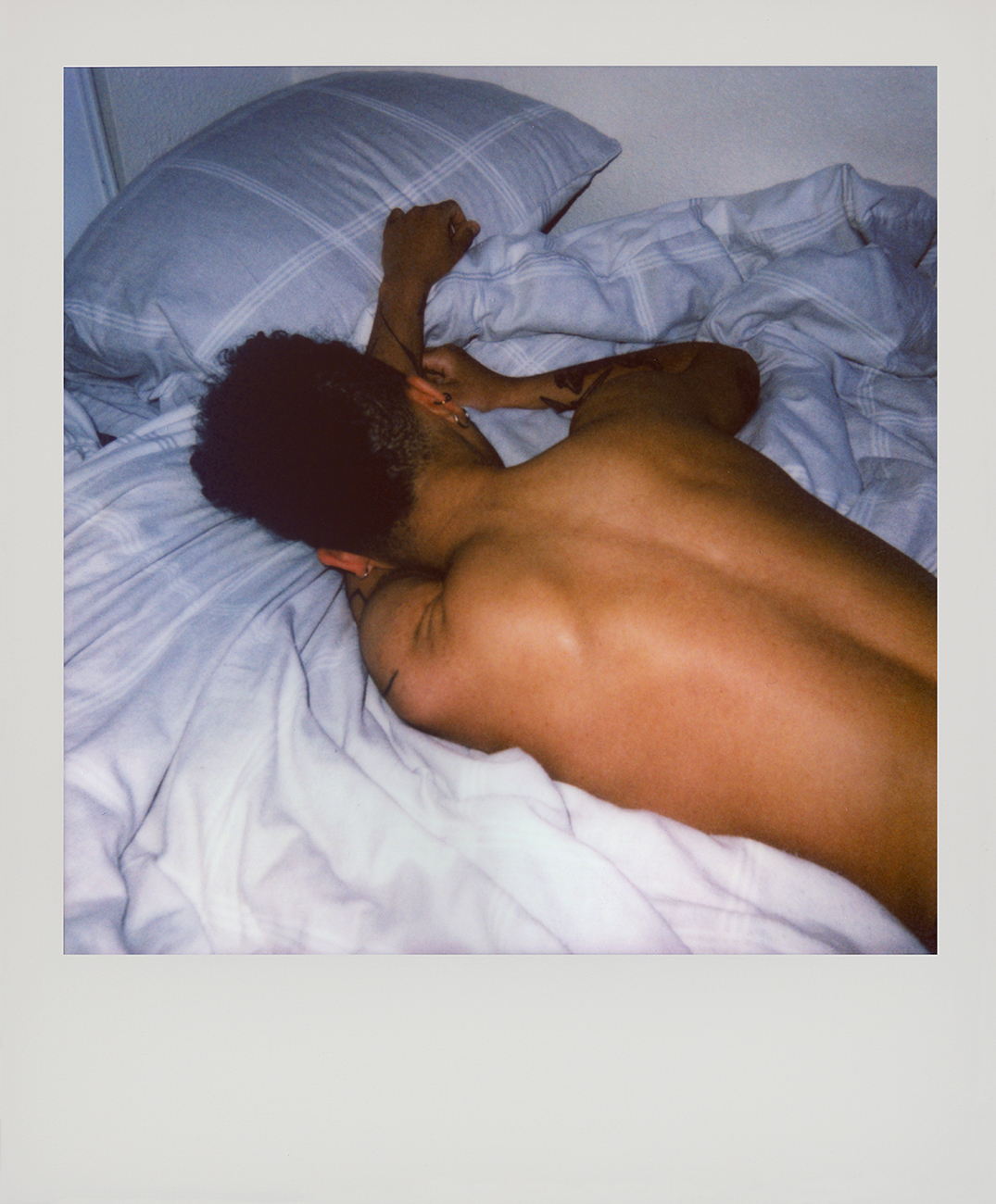
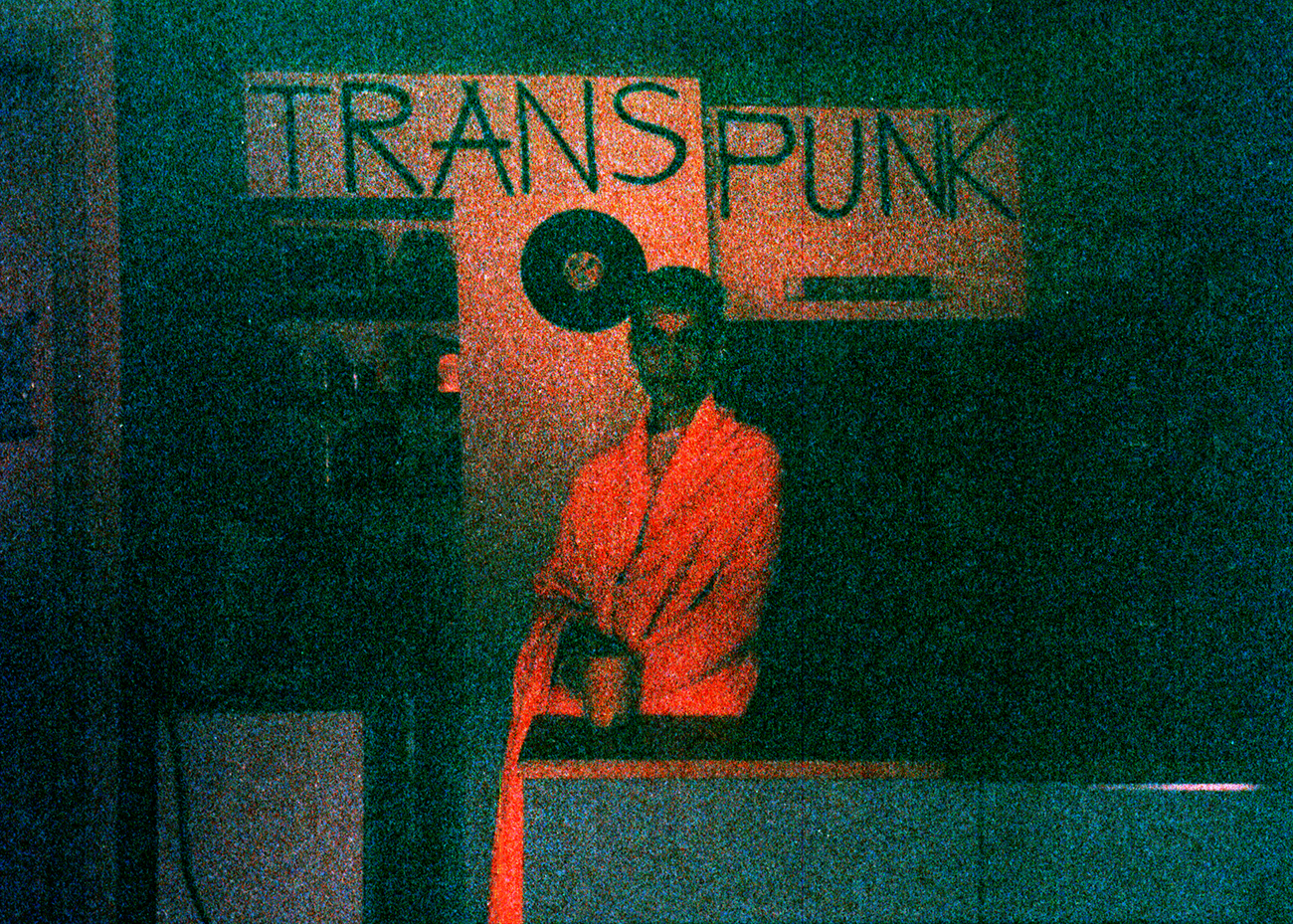
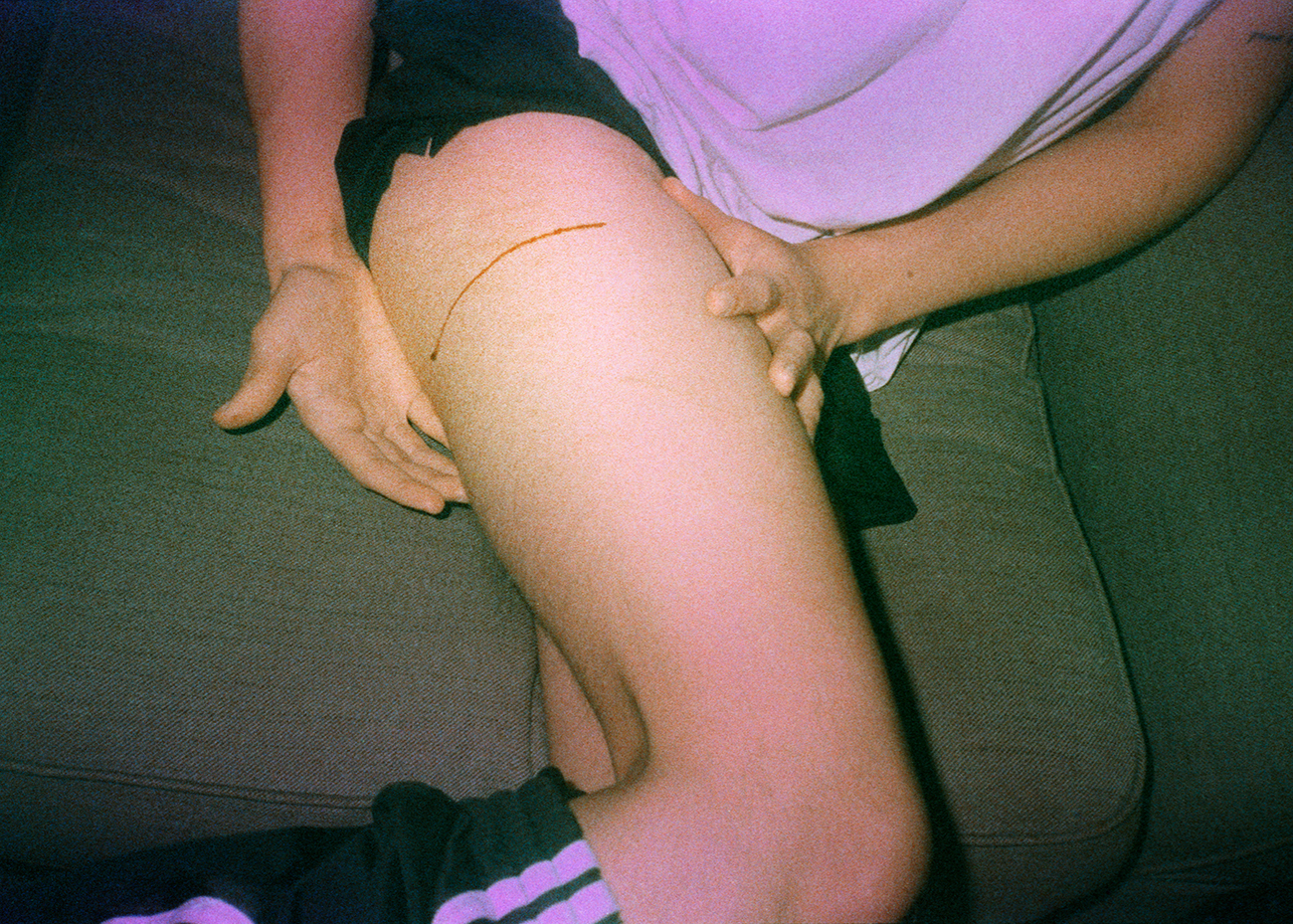
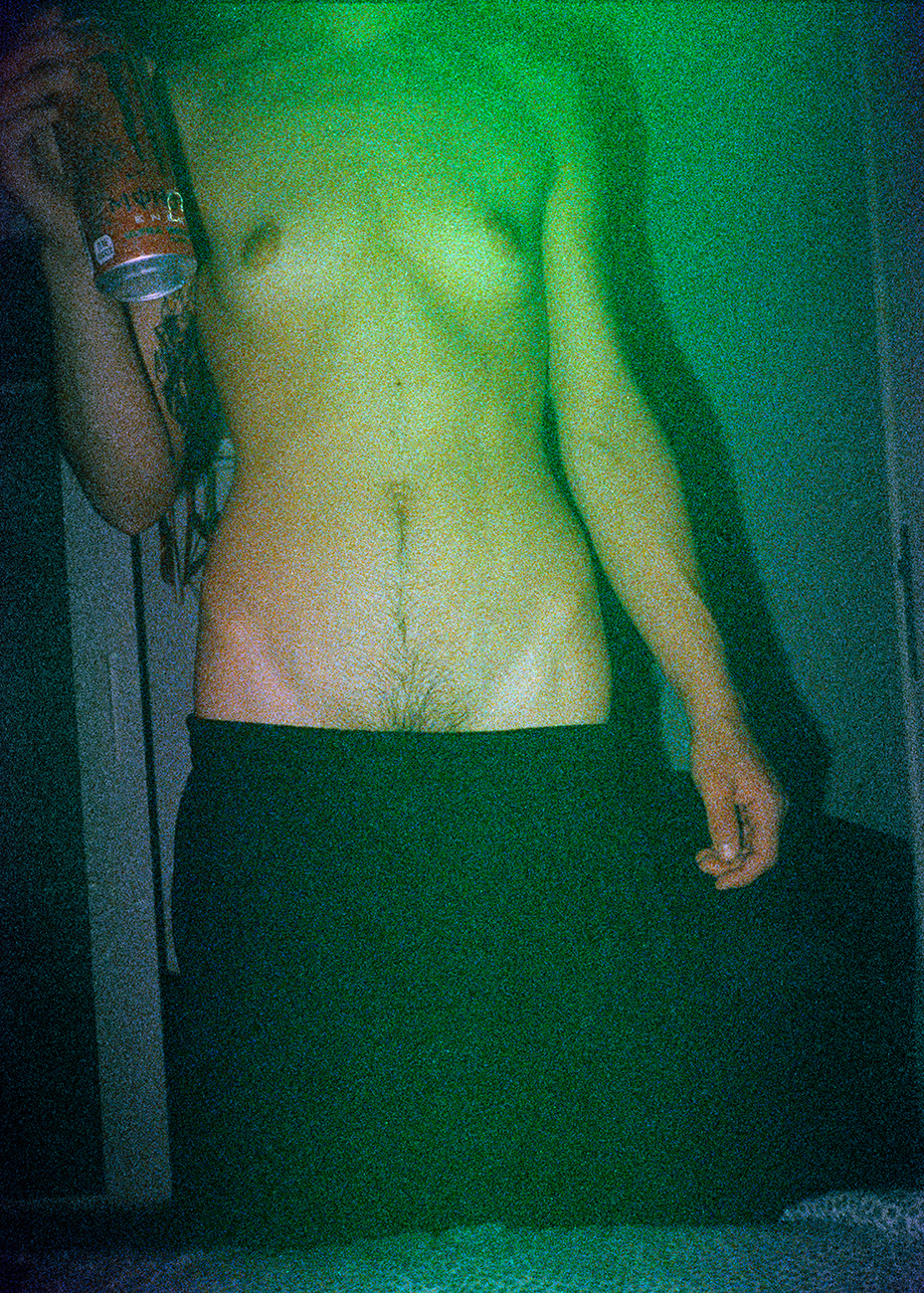
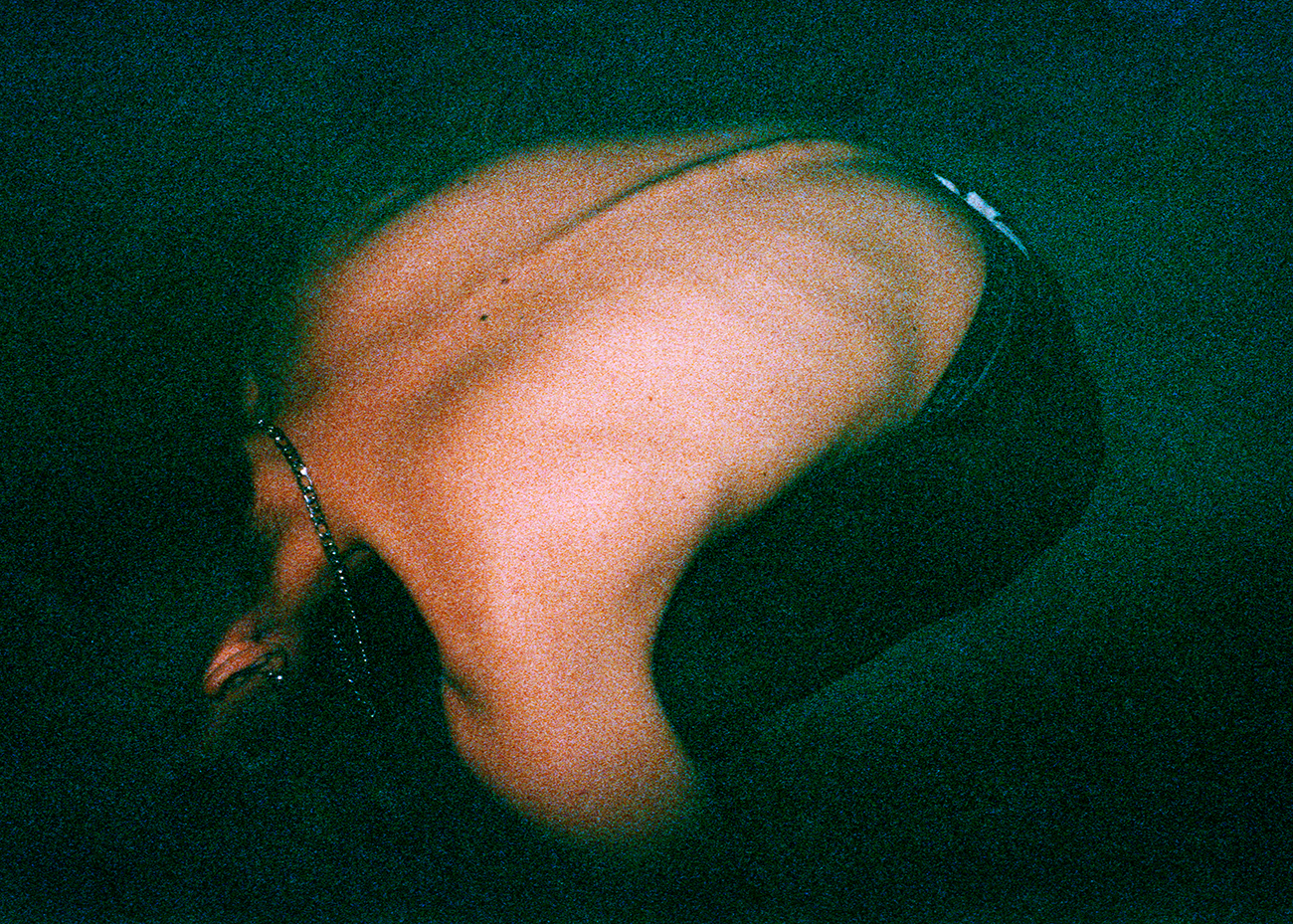
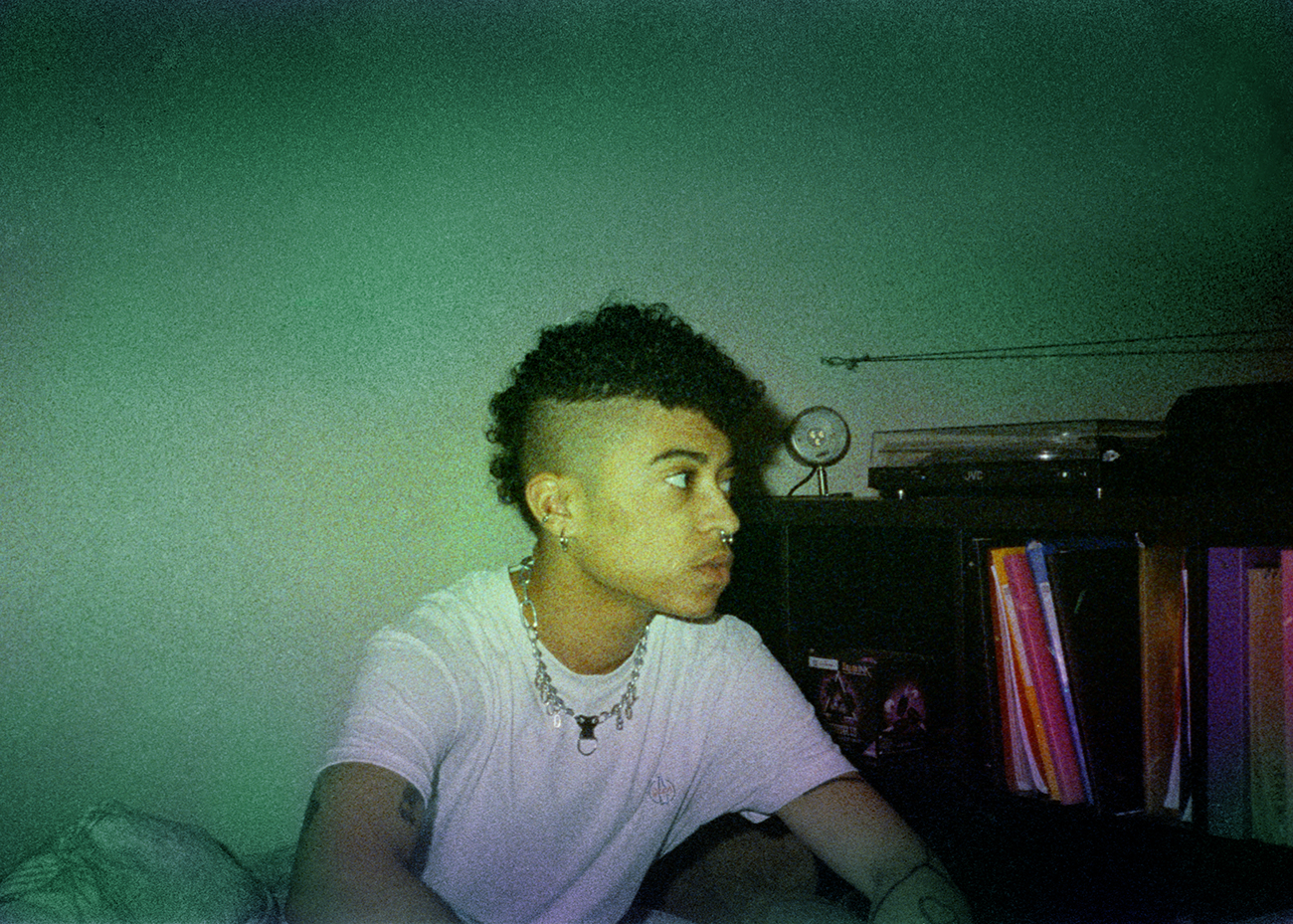
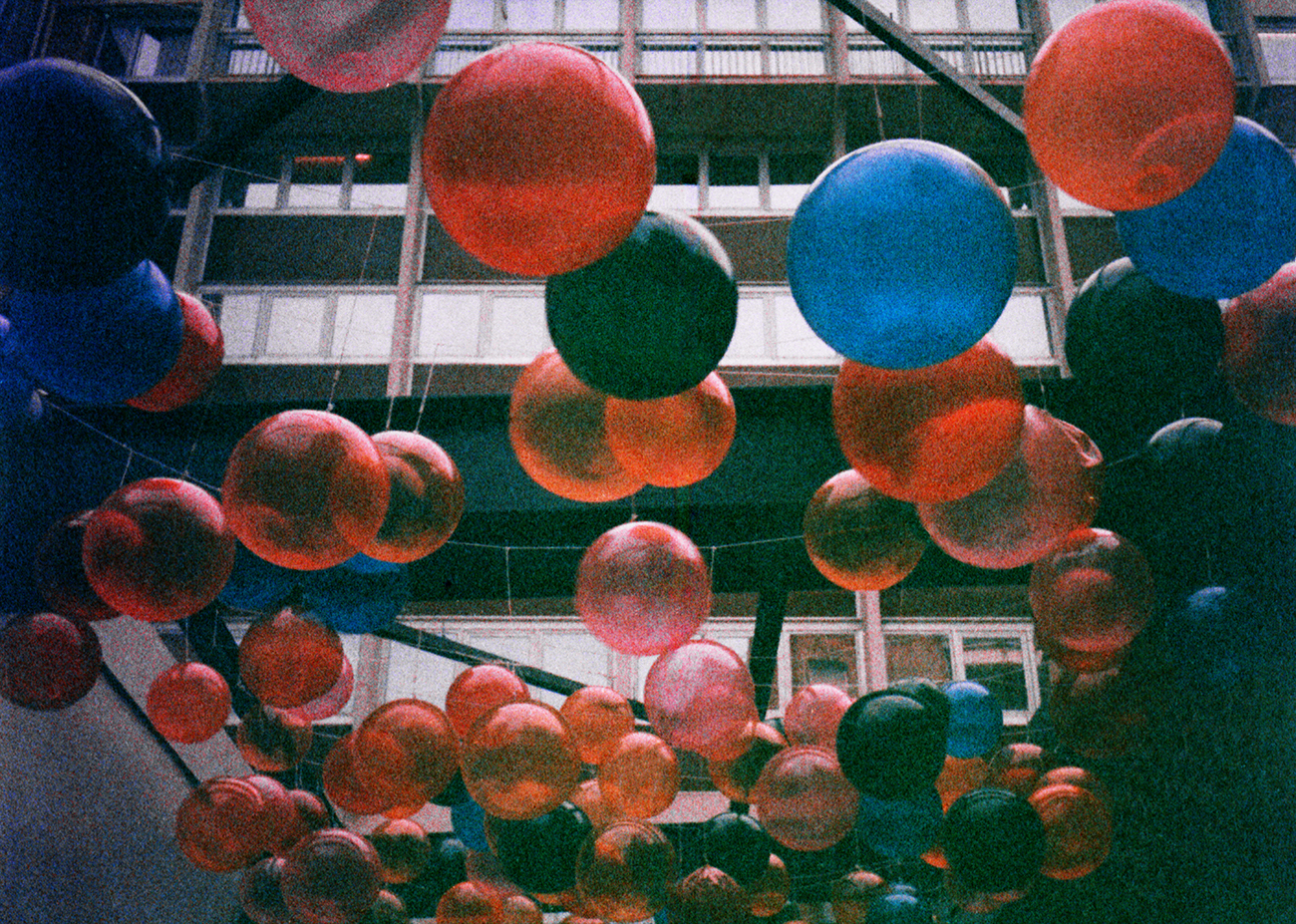
Credits
All images courtesy of the artists.
